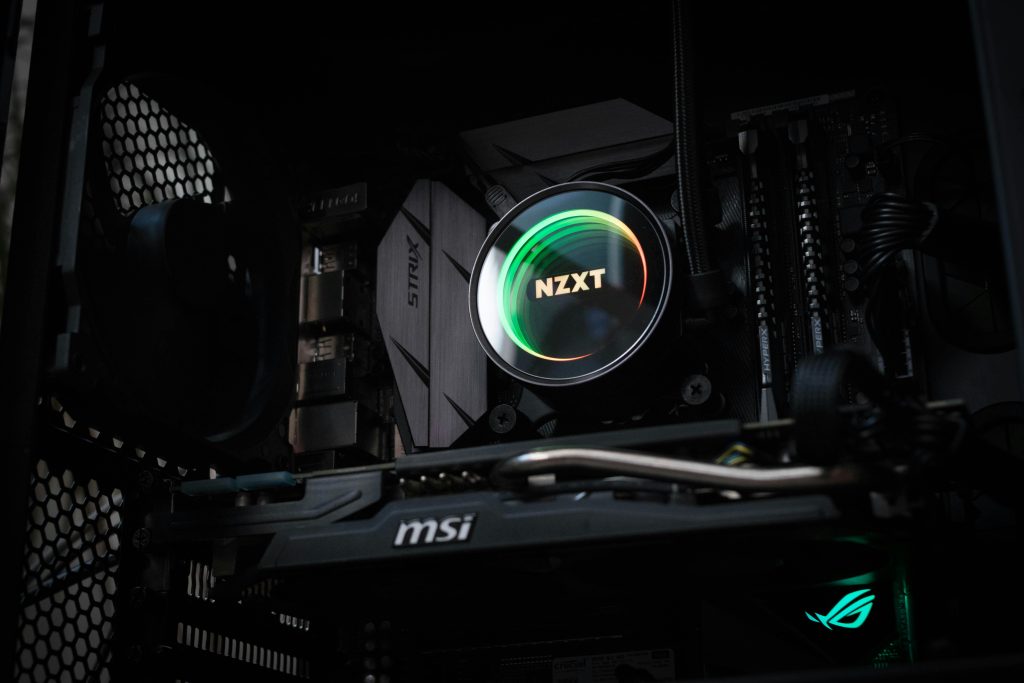Transitioning from HDD to SSD: Ensuring a Safe Migration Without Data Loss
Upgrading your computer’s storage to an SSD is one of the most effective ways to enhance performance, offering faster boot times, quicker application launches, and a generally smoother experience. However, one common concern among users is how to transition from an existing HDD to a new SSD without risking data loss, especially when the SSD has been in use for years and contains valuable files and installed applications.
Understanding the Transition Process
Most guides and tutorials about migrating to an SSD assume that users are starting with a blank drive. These instructions typically involve cloning the current system onto the new drive and then switching the boot drive. However, if your SSD has been in use for some time and contains installed software and personal data, the process requires additional consideration to preserve its contents.
Cloning vs. Fresh Installation
The primary method for switching to an SSD without losing data is to clone your existing drive. Cloning creates an exact replica of your current HDD and transfers it onto the SSD, including the operating system, installed programs, and personal files. This process effectively duplications your current setup, allowing you to continue using the SSD as your boot drive without losing anything.
Alternatively, a clean installation involves formatting the new SSD and installing the OS from scratch, which would lead to data loss unless you back up your files beforehand.
Ensuring a Safe Cloning Process
To migrate your system safely using cloning, follow these best practices:
-
Backup Your Data: Before starting, back up important files to an external drive or cloud storage. While cloning is generally safe, it’s always prudent to safeguard critical data.
-
Use Reliable Cloning Software: Choose trusted tools designed for disk cloning, such as Macrium Reflect, Clonezilla, or Acronis True Image. These applications typically include options to clone an entire disk or specific partitions.
-
Verify Clone Settings: When configuring the cloning process, ensure that you select the entire drive or system partitions, and verify that the source and target drives are correctly identified to avoid accidental data overwriting.
-
Check for Compatibility and Boot Settings: After cloning, ensure that your BIOS or UEFI firmware is set to boot from the SSD. You may need to adjust boot priorities in your system’s settings.
-
Test Before Decommissioning the HDD: Boot from the SSD to confirm everything functions correctly before erasing or repurposing the
Share this content:



